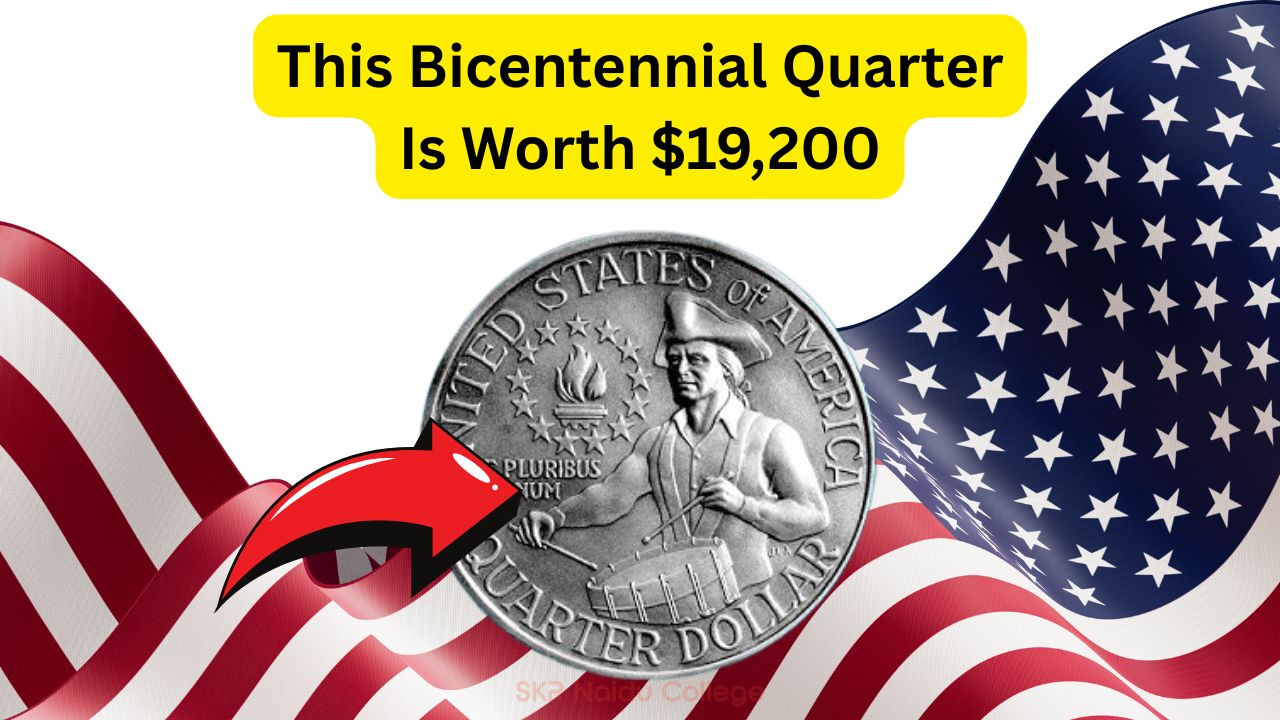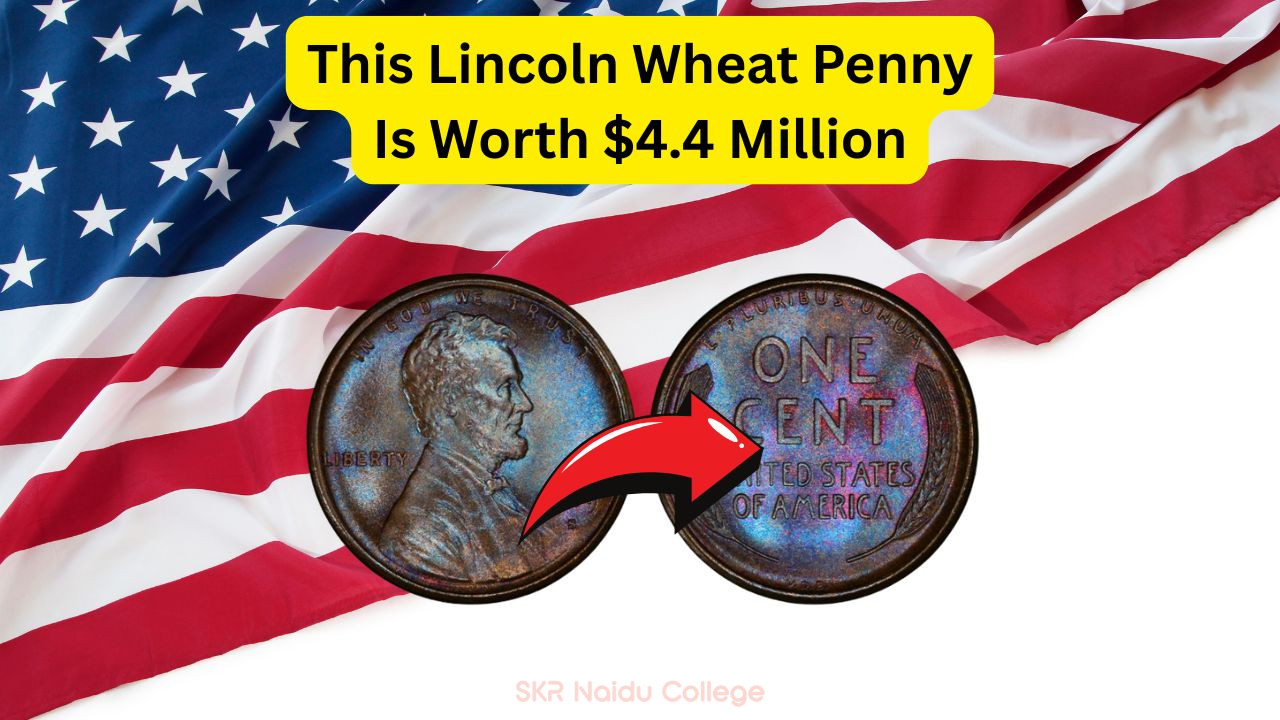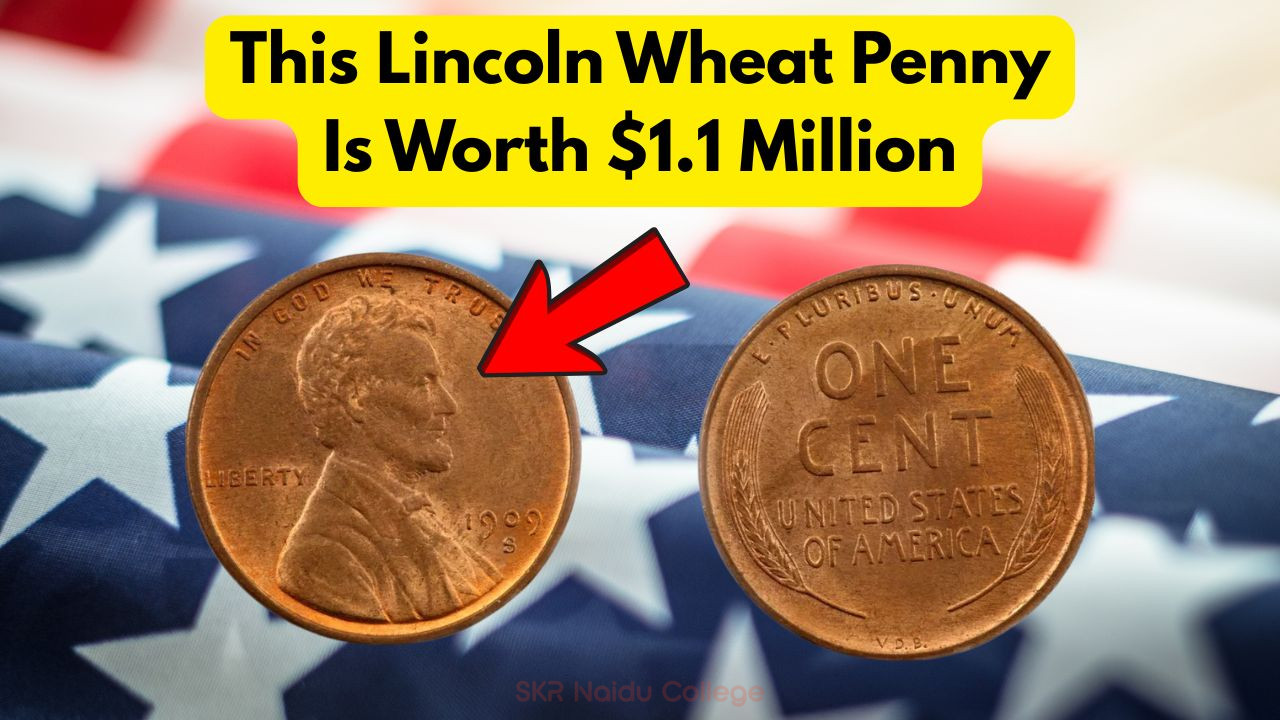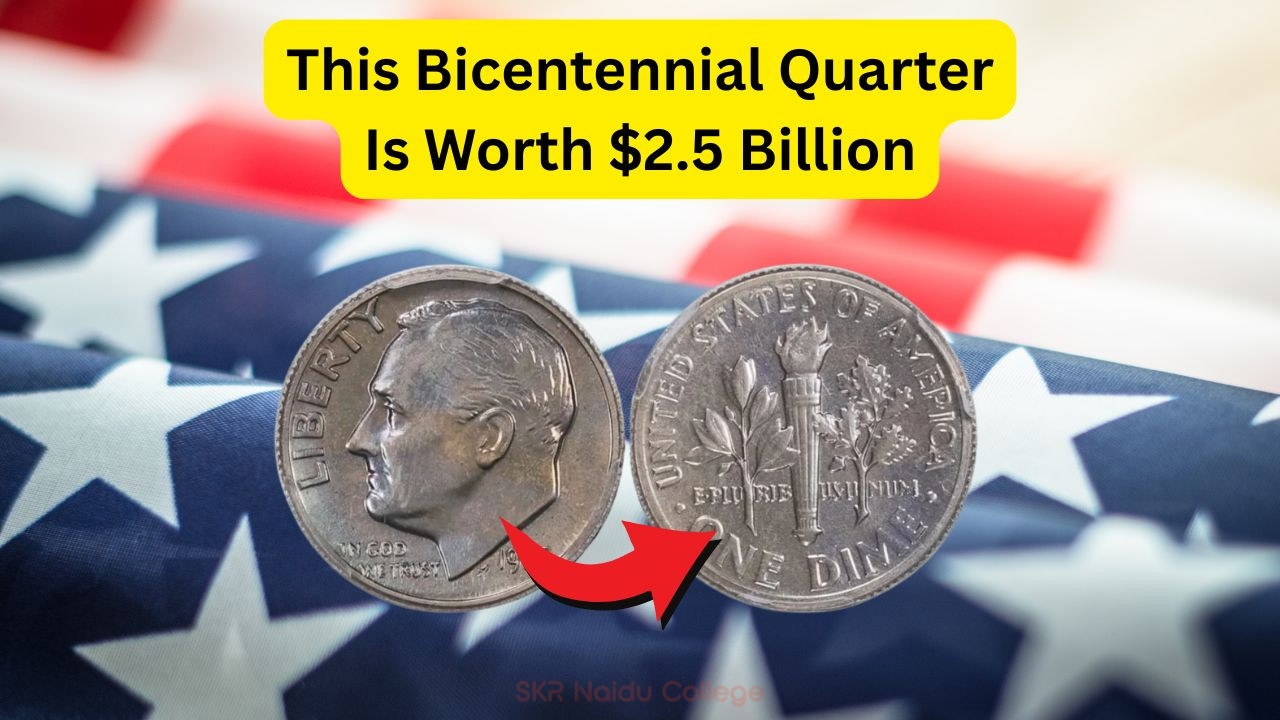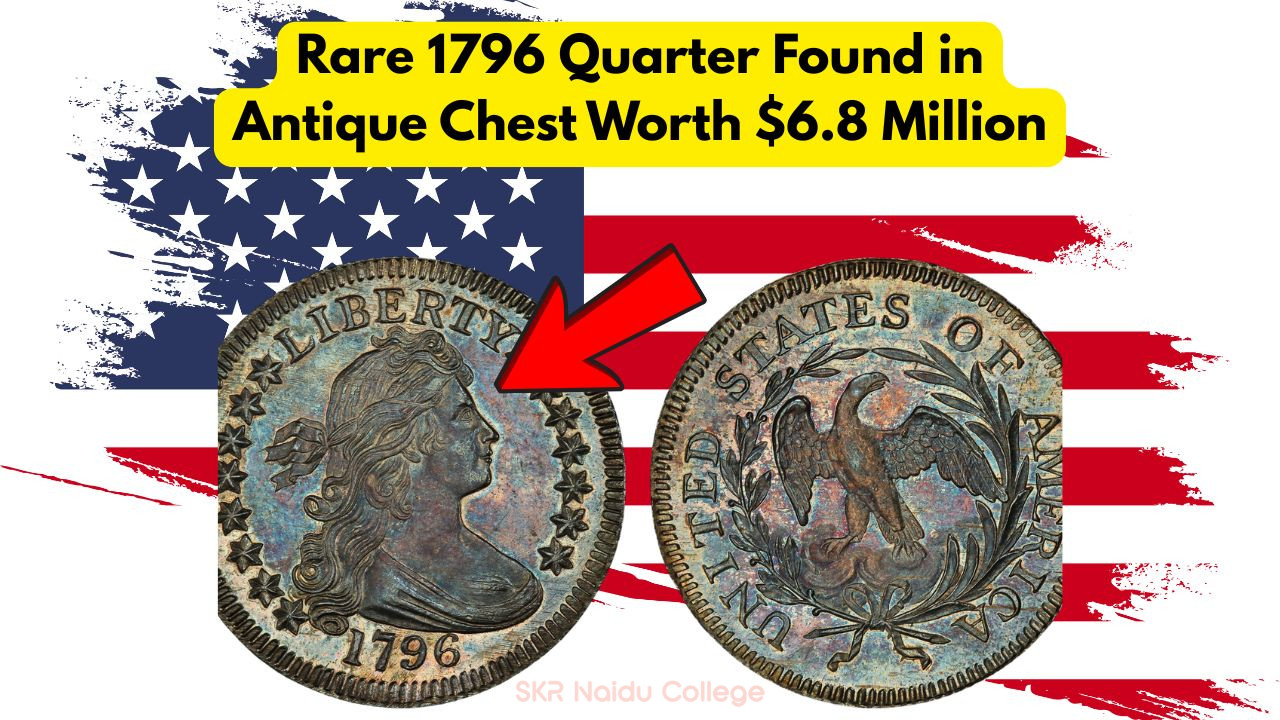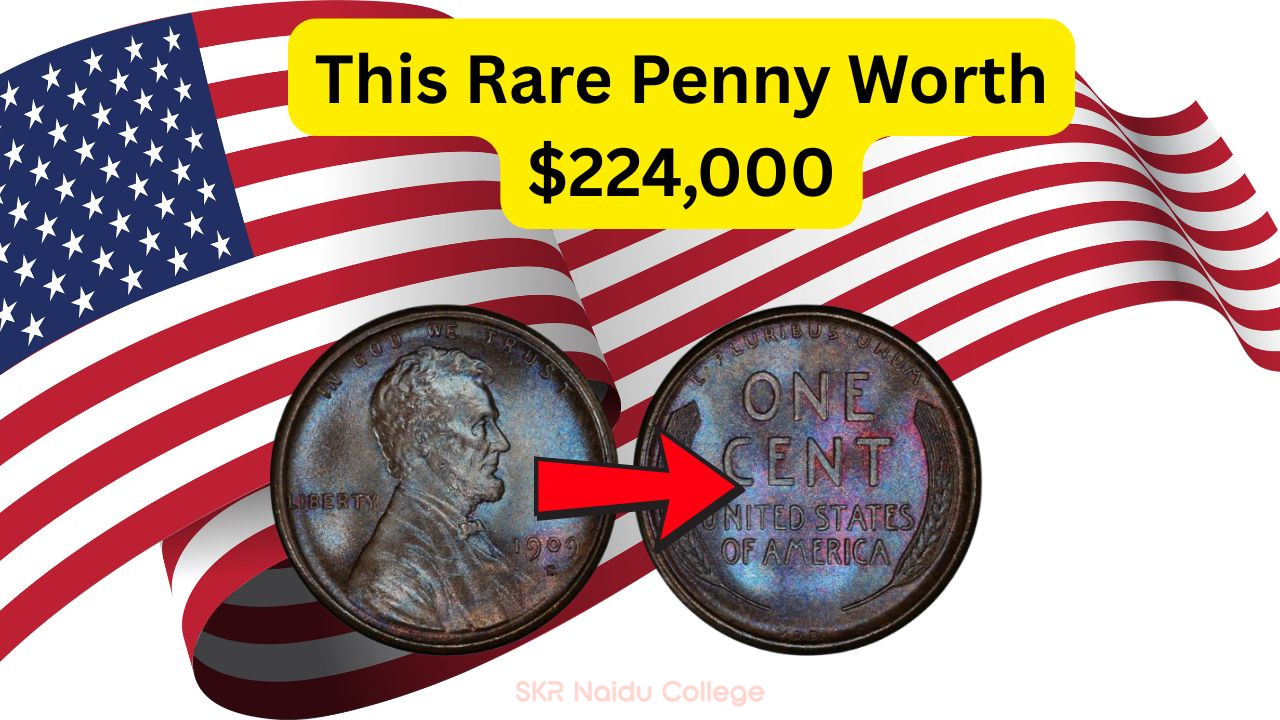$19,200 Bicentennial Quarter
Discovering the Value of Your Bicentennial Quarters
Bicentennial quarters: could these seemingly ordinary coins hide a fortune in plain sight? As collectors and enthusiasts know, certain coins can hold substantial value, often far exceeding their face worth. The 1976 Bicentennial quarter, which commemorates the 200th anniversary of American independence, is one such coin that might just be hiding in your pocket, waiting to be discovered and appraised for its significant value.
- Issued in 1976 to celebrate the Bicentennial of the United States.
- Features a unique design with a Colonial drummer and torch encircled by thirteen stars.
- Two types were minted: copper-nickel clad and 40% silver.
- Some variants have an elusive error that significantly boosts their worth.
- Collectors eagerly seek these coins for their historical significance and rarity.
Identifying a $19,200 Bicentennial Quarter
Identifying a valuable Bicentennial quarter involves more than just a quick glance. The key to unlocking its value lies in understanding specific characteristics that set it apart from the millions that were circulated. Notably, error coins, which are the result of mistakes during the minting process, can be worth thousands. These errors include double-die obverse or reverse, off-center strikes, and more. The presence of any such anomalies can transform an everyday coin into a collector’s treasure.
| Feature | Description | Value Impact | Typical Value | High Value | Rarity | Notes |
|---|---|---|---|---|---|---|
| Double Die | Errors on text or images | High | $20 | $1,000+ | Rare | Look for doubling in ‘Liberty’ or ‘1776-1976’ |
| Silver Content | 40% Silver | Moderate | $5 | $30+ | Limited | Check for an ‘S’ mint mark |
| Off-Center Strike | Misaligned design | High | $50 | $400+ | Uncommon | 10% or more off-center is valuable |
| Pristine Condition | Mint state | Moderate | $10 | $100+ | Varies | Look for no wear or scratches |
| Proof Coins | Special minting process | Moderate | $3 | $50+ | Available | Typically sold in sets |
| Unique Errors | Various minting mistakes | High | $100 | $1,000+ | Scarce | Check with a professional appraiser |
| Historical Provenance | Noted history | Variable | $10 | Varies | Unique | Documentation increases value |
Unlocking the Hidden Value of Bicentennial Coins
Understanding the real value of Bicentennial quarters is a journey into numismatics—the study and collection of currency. Beyond their monetary potential, these coins offer a fascinating glimpse into history. Their unique designs, featuring a Revolutionary drummer and the dual date of ‘1776-1976’, mark a special era in American culture. The real treasure lies in identifying rare variants that could be hiding in your change jar, unnoticed and unappreciated.
- Examine coins under good lighting for any errors or anomalies.
- Compare with known valuable variants using online resources.
- Consult with a professional coin appraiser for expert evaluation.
- Preserve coins in protective casings to maintain their condition.
- Stay updated on market trends for numismatic valuables.
- Network with other collectors to gain insights and advice.
Why Bicentennial Quarters Matter to Collectors
For many collectors, Bicentennial quarters represent more than just currency. They are pieces of history, minted during a time of national celebration and pride. Their unique design and limited minting period make them attractive to numismatists. Moreover, the search for error coins or those in mint condition adds an element of excitement and mystery. For some, it’s the thrill of the hunt, while for others, these coins are cherished keepsakes of a bygone era.
| Year | Mint | Design | Material |
|---|---|---|---|
| 1976 | Philadelphia (P) | Drummer Boy | Copper-Nickel |
| 1976 | Denver (D) | Drummer Boy | Copper-Nickel |
| 1976 | San Francisco (S) | Drummer Boy | 40% Silver |
Steps to Evaluate Your Bicentennial Quarters
Evaluating Bicentennial quarters requires a keen eye and some basic tools. Start by examining the coin under direct light with a magnifying glass, looking for any signs of minting errors or wear that might affect its value. Weigh the coin to ensure it matches standard specifications, as deviations might indicate a rare error. Compare your findings with online databases or catalogs that list specific characteristics of valuable coins. Consulting with a professional appraiser can help provide a definitive evaluation.
- Use a magnifying glass to check for minting errors.
- Weigh the coin to verify its authenticity.
- Compare with reference catalogs for known errors.
- Consult with professional appraisers for expert opinions.
- Maintain a record of your findings for future reference.
Storing and Preserving Your Valuable Coins
| Storage Method | Protection Level | Cost | Recommendation | Notes |
|---|---|---|---|---|
| Coin Albums | Moderate | Low | Beginner | Basic protection, good for display |
| Plastic Sleeves | Low | Very Low | Short-Term | Inexpensive, but limited protection |
| Coin Capsules | High | Moderate | Intermediate | Clear visibility, excellent protection |
| Safety Deposit Box | Very High | High | Long-Term | For extremely valuable coins |
| Gloves for Handling | N/A | Low | Essential | Prevents oils and dirt transfer |
| Climate-Controlled Storage | Very High | Very High | Advanced | Prevents environmental damage |
| Desiccants | Additional | Low | Optional | Reduces humidity in storage areas |
Engaging with the Coin Collecting Community
Joining the coin collecting community can be an enriching experience. It opens doors to a wealth of knowledge shared by enthusiasts and experts alike. Attend local coin shows and conventions to meet fellow collectors and gain insights into the market. Online forums and social media groups offer platforms to discuss findings and share experiences. By participating actively, you can stay informed about trends and potentially discover rare finds through trading or purchasing opportunities.
- Attend local coin shows and conventions.
- Join online forums and social media groups.
- Participate in coin club meetings and events.
- Share experiences and knowledge with fellow collectors.
- Stay updated on market trends and rare finds.
Understanding Market Trends and Coin Appraisals
Market trends can significantly impact the value of Bicentennial quarters. Economic factors, collector interest, and recent discoveries can all sway market prices. Keeping abreast of these trends is crucial for any serious collector. Regularly consult numismatic publications and participate in auctions to observe how prices fluctuate. When appraising coins, seek professional services to ensure accurate evaluations. These experts consider the coin’s condition, rarity, and current demand when determining its worth.
- Stay informed on economic factors affecting coin values.
- Read numismatic publications for market insights.
- Observe auction results to understand price trends.
- Seek professional appraisal services for accuracy.
- Consider the coin’s condition, rarity, and demand.
Preserving the Legacy of Bicentennial Quarters
The legacy of Bicentennial quarters extends beyond their monetary value. They serve as tangible reminders of a significant period in American history, embodying the spirit of celebration and unity that marked the nation’s 200th anniversary. As collectors, preserving these coins is an act of safeguarding history, ensuring that future generations can appreciate their cultural and historical significance. By maintaining their condition and passing down knowledge, collectors contribute to a living legacy that enriches the numismatic world.
- Understand the historical context of Bicentennial coins.
- Appreciate their role in commemorating American history.
- Preserve coins in pristine condition for future generations.
- Share historical insights and stories with others.
- Contribute to the ongoing legacy of numismatics.
Frequently Asked Questions About Bicentennial Quarters
What makes a Bicentennial quarter valuable?
Several factors contribute to the value of a Bicentennial quarter, including minting errors, condition, historical significance, and material such as silver content.
How can I identify a rare Bicentennial quarter?
Look for unique characteristics like double-die errors, silver composition, and off-center strikes. Consulting with a professional appraiser can also help.
Are all Bicentennial quarters valuable?
Not all are valuable; most are worth their face value. However, specific variants with errors or in mint condition can be worth significantly more.
Where can I sell my valuable Bicentennial quarters?
You can sell them through online marketplaces, at coin shows, or through auction houses specializing in numismatics.
How should I store my Bicentennial quarters?
Store them in coin capsules or albums to protect from environmental damage, and consider a safety deposit box for high-value coins.
